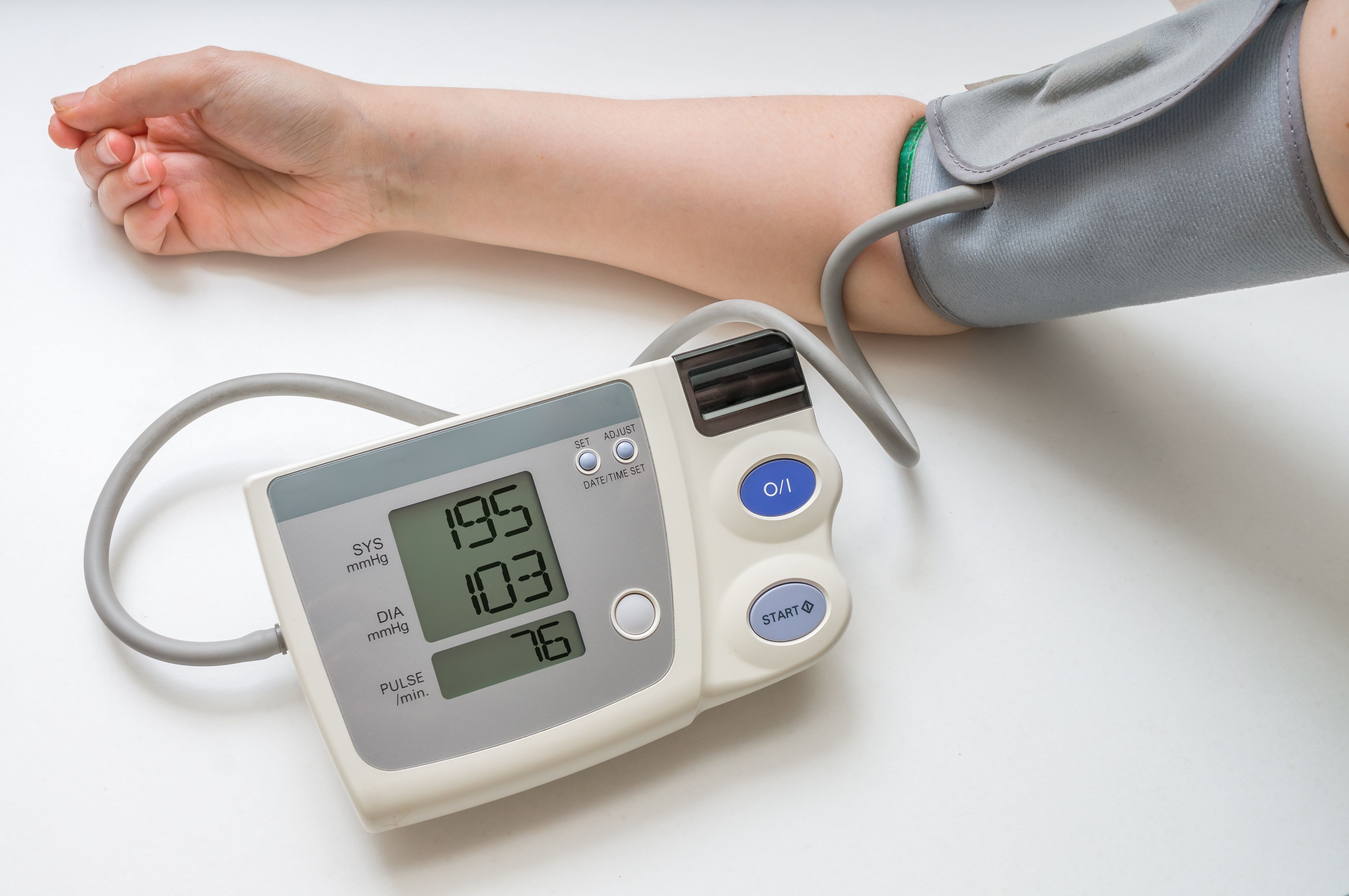- Center on Health Equity & Access
- Clinical
- Health Care Cost
- Health Care Delivery
- Insurance
- Policy
- Technology
- Value-Based Care
Elevated Systolic Blood Pressure Linked to Alcohol Consumption
Investigators also did not find a threshold below which this association was lost.
There is a direct and linear relationship between alcohol consumption and elevated systolic blood pressure (SBP), according to new research findings published in Hypertension, and investigators did not find any evidence of a threshold for this association.
The end points for their analysis, in which they searched PubMed and Embase for qualitative, longitudinal studies that reported associations between alcohol intake and blood pressure, were mean differences in SBP and diastolic blood pressure (DBP) as influenced by baseline alcohol intake. Seven studies—3 from North America and 4 from Asia—were included in this analysis, covering 19,548 patients, of whom most were men (65%). Three of these studies were of male patients only and 2 of male and female patients; the remaining 2 stratified their analysis by sex.
“Alcohol consumption may increase blood pressure but the details of the relationship are incomplete, particularly for the association at low levels of alcohol consumption,” the study authors wrote. “Because of these considerations and the public health importance of the topic, we conducted an analysis of the association between alcohol consumption and BP, including the association at lower levels of alcohol consumption.”
Overall, of the studies included, the median follow-up was 5.3 (range, 4-12) years. Within these, the investigators saw increases in SBP and DBP when accounting for several amounts of daily alcohol consumption. Compared with no alcohol consumption, SBP increases of 1.25 (95% CI, 0.49-2.01), 2.48 (95% CI, 1.40-3.56), and 4.90 (95% CI, 3.71-6.08) mm Hg were seen after consuming 12, 24, or 48 g/day of alcohol, respectively. Corresponding DBP increases were 1.14 (95% CI, 0.60-1.68), 2.03 (95% CI, 1.19-2.86), and 3.10 (95% CI, 1.88-4.33) mm Hg.

When looking at additional amounts of alcohol consumed—altogether, the authors looked at 0, 12, 24, 36, 48, and 60 g/day—findings from the lowest to the highest category showed, again, a higher mean difference in SBP:
- SBP: +4.30 mm Hg (95% CI, −2.7 to 5.85; I2 = 67.11%)
- DBP: +2.42 mm Hg (95% CI,1.13-3.71; I2 = 78.45%)
An additional sex-specific analysis was conducted on 5 studies that accounted for 12,196 men and 2 studies that included 5632 women and which looked specifically at alcohol consumption of 12 and 48 g/day. A linear relationship was seen for both sexes, but the curve was steeper among the men.
For the male patients, there were SBP increases of 1.33 (95% CI, 0.22-2.44) mm Hg and 4.95 (95% CI, 3.70-6.20) mm Hg following 12 and 48 g/day alcohol intake, respectively. Among the female patients, the corresponding increases were 0.82 (95% CI, −0.58 to 2.22) mm Hg and 3.31 (95% CI, −3.67 to 10.30) mm Hg.
For DBP, at 12 g/day, the men had an increase of 1.20 (95% CI, 0.47-1.93) and the women, 1.45 (95% CI, 0.70-2.20). At 48 g/day, just the men had an increase: Their DBP rose by 3.41 (95% CI, 2.06-4.77) mm Hg compared with a drop of 1.27 (95% CI, –5.04 to 2.51) seen among the women.
A final analysis by region showed that among the Asian studies included, the SBP increases following intake of 12 and 48 g/day of alcohol, respectively, were lower compared with the North American studies, but the DBP increases were higher:
- SBP increases in Asian studies: 1.24 (95% CI, 0.39-2.08) and 4.89 (95% CI, 3.42-6.35) mm Hg
- SBP increases in North American studies: 1.50 (95% CI, −0.25 to 3.24) and 5.25 (95% CI, 2.79-7.71) mm Hg
- DBP increases in Asian studies: 1.14 (95% CI, 0.16-2.11) and 3.65 (95% CI, 2.14-5.16) mm Hg
- DBP increases in North American studies: 0.97 (95% CI, 0.36-1.59) and 0.96 (95% CI, −0.49 to 2.41) mm Hg
“The main finding of our meta-analysis was that usual alcohol consumption at baseline was positively associated with change in SBP over time in both men and women, with a substantially linear pattern,” the study authors wrote.
They added that because a threshold did not exist at which this association disappeared, there are preventive and therapeutic implications, and alcohol should be considered a risk factor for high SBP.
“It is well known that small reductions in BP, which can be achieved by changes in lifestyle such as a reduction in alcohol consumption, can prevent hypertension and are likely to prevent cardiovascular events,” they concluded. “Future research should assess the association in women and in different age groups, both of which are currently characterized by limited availability of relevant data. Likewise, it would be helpful to have studies that assess the possible differential roles of types of alcoholic beverages.”
Reference
Di Federico S, Filippini T, Whelton PK, et al. Alcohol intake and blood pressure levels: a dose-response meta-analysis of nonexperimental cohort studies. Hypertension. Published online July 31, 2023. doi:10.1161/HYPERTENSIONAHA.123.21224
